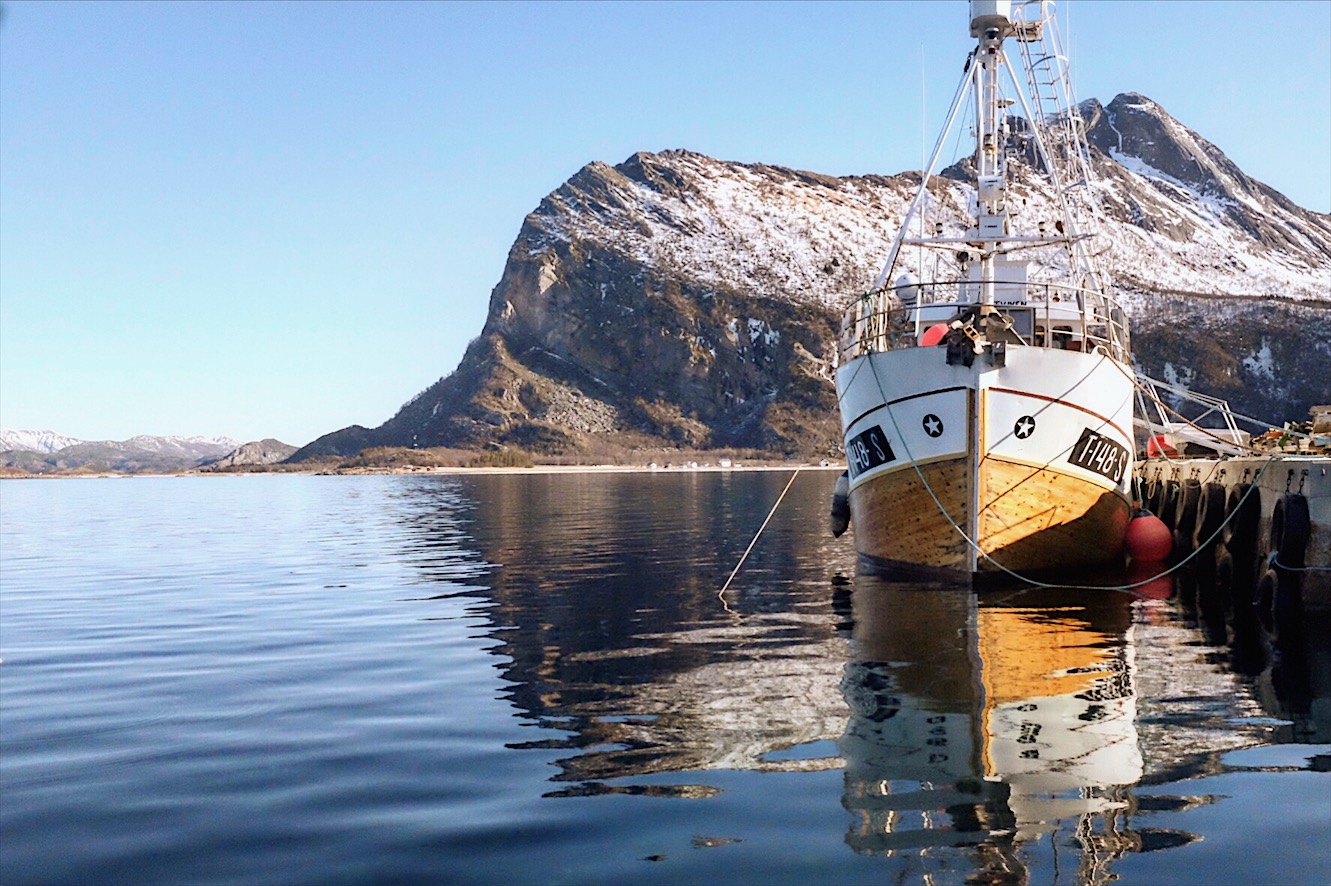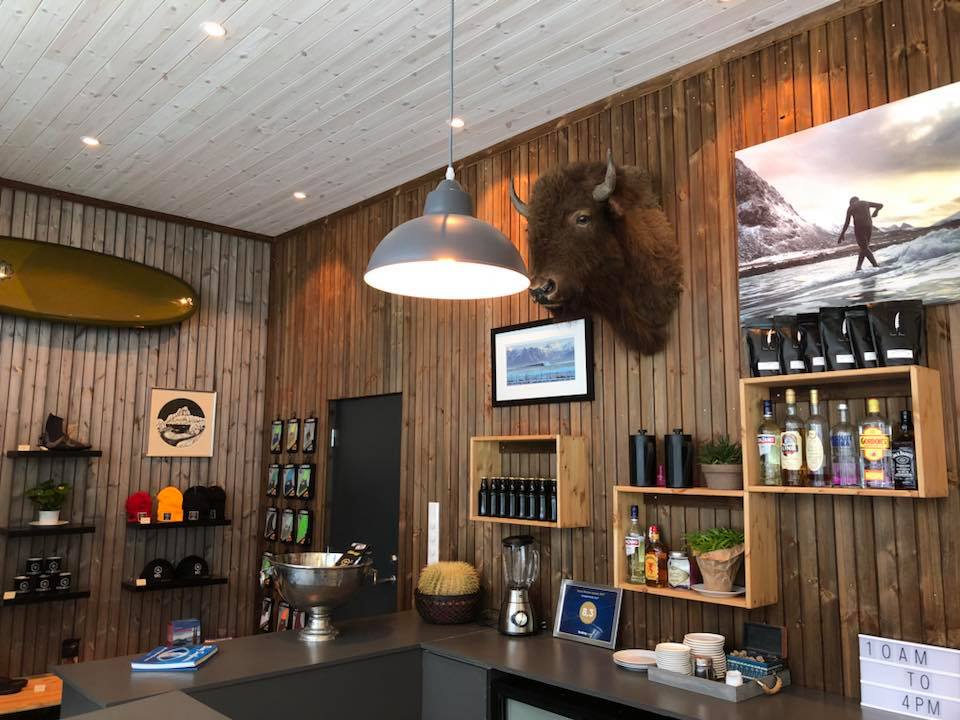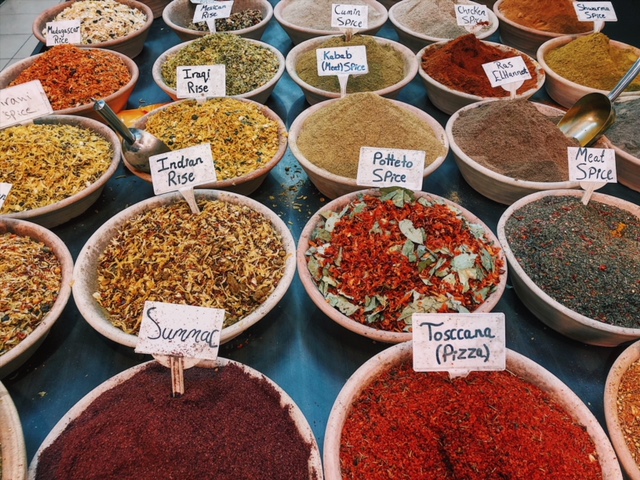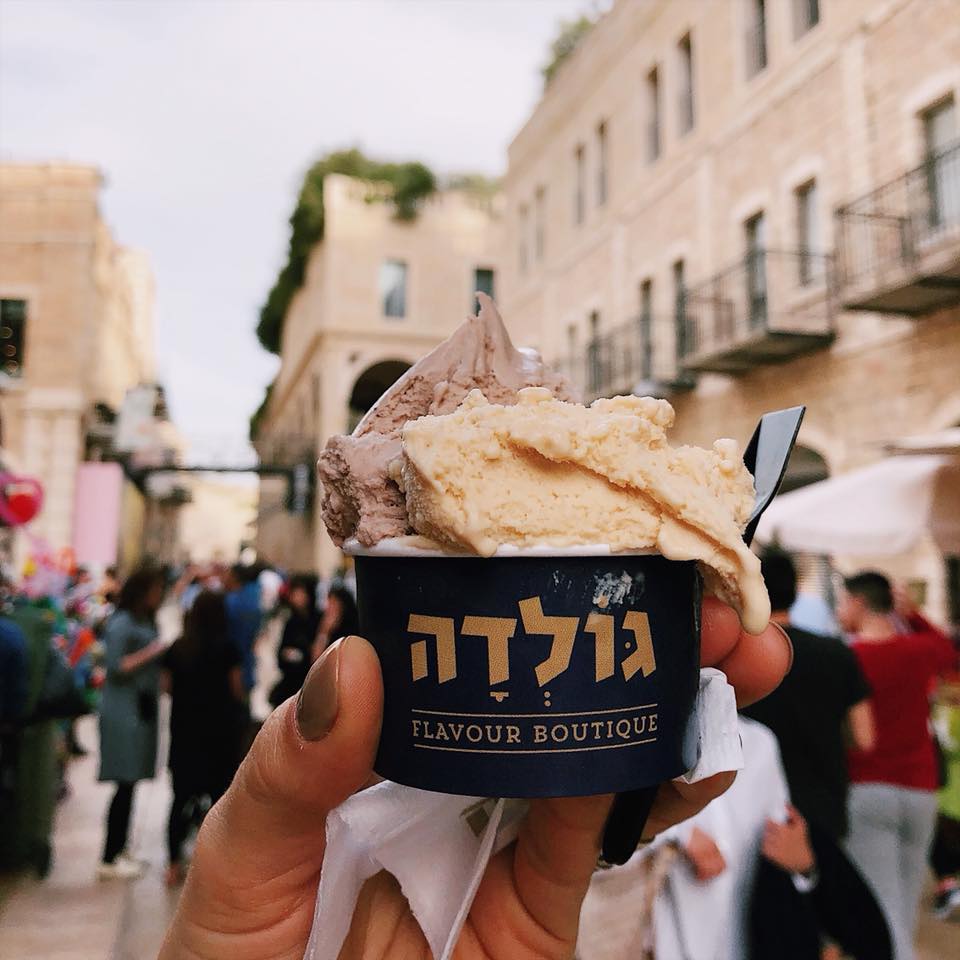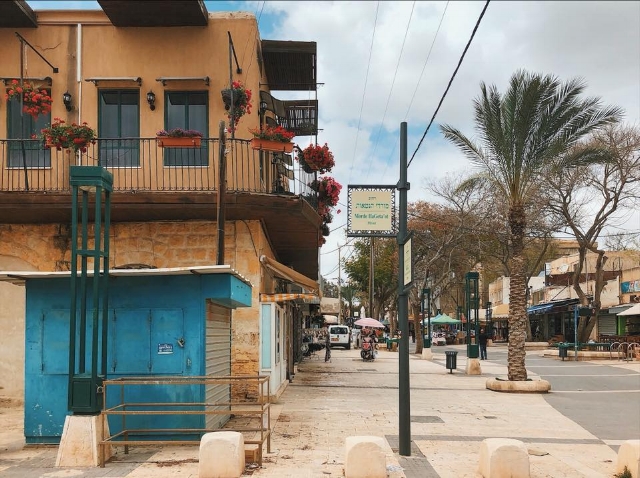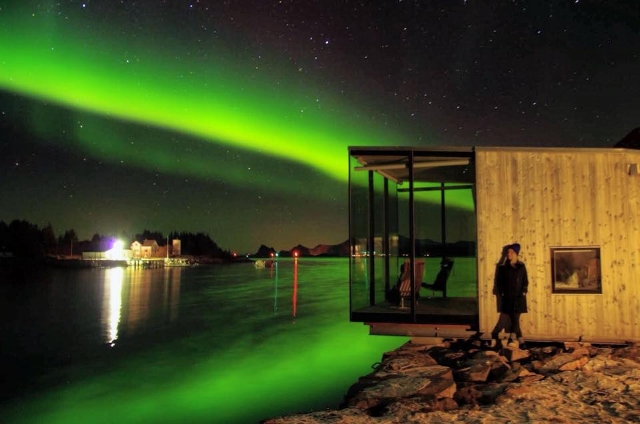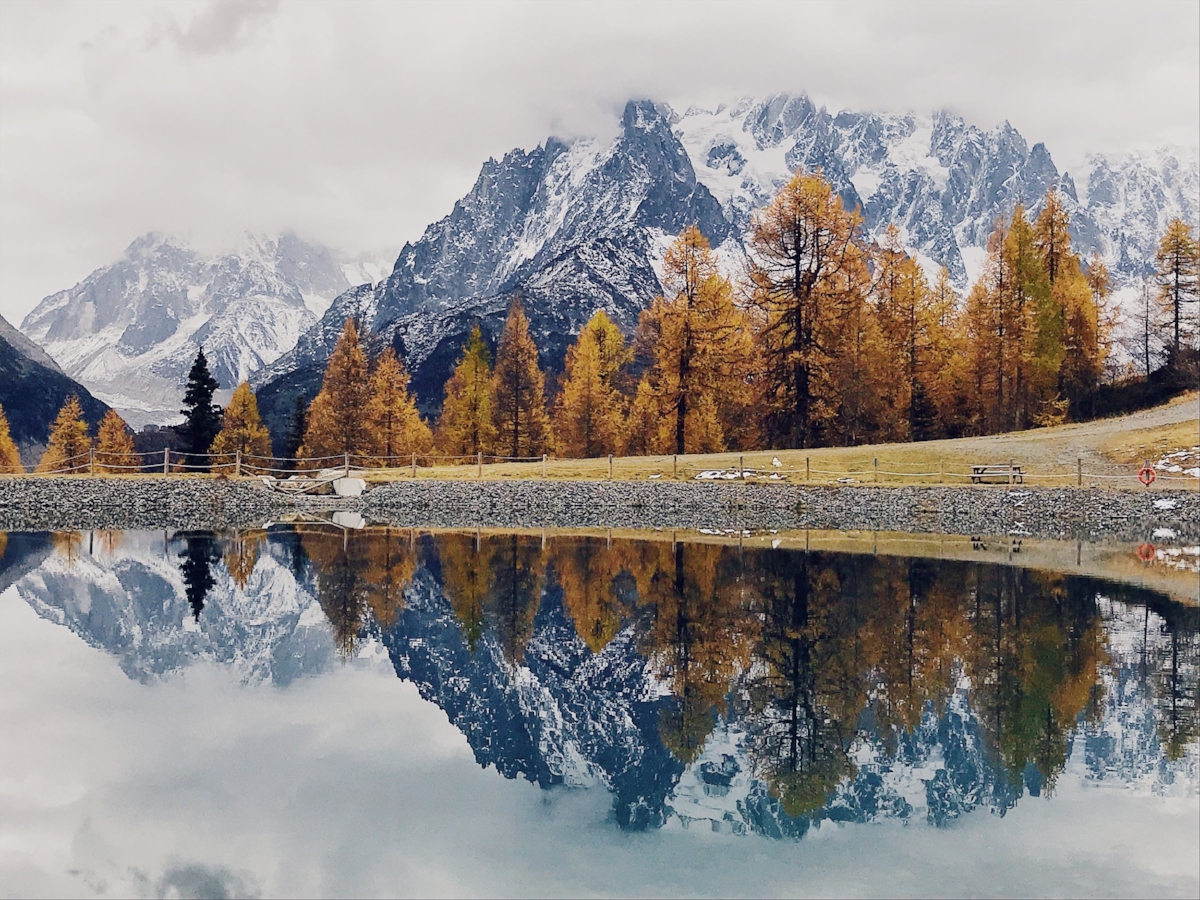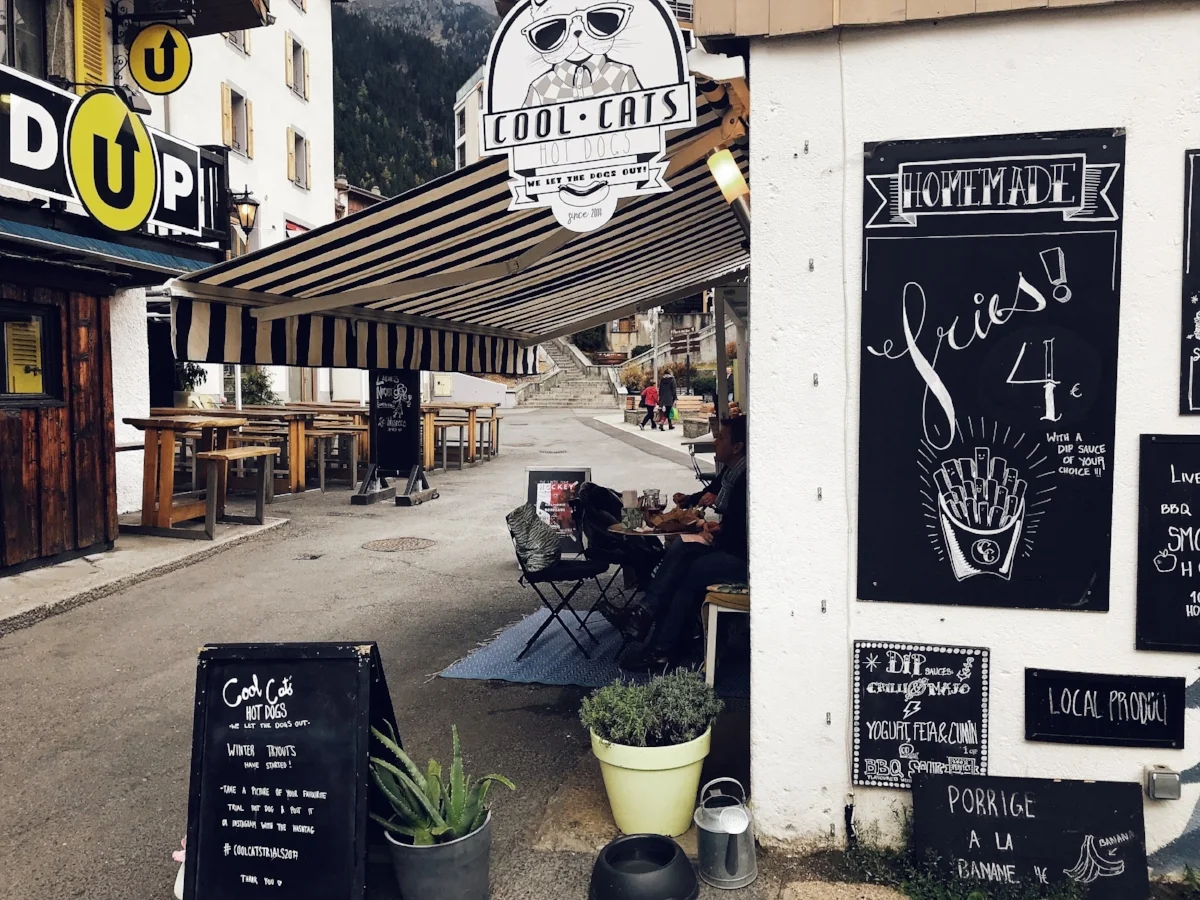So you're like me and don't have 3 full weeks to spend taking the slow route through Lofoten, eh? Say no more. If you're willing to have a couple of "car days" to see as much as possible, you can see much of Lofoten in a short trip - and even have a couple of 'relaxing' days thrown in, to really bask in its beauty. No need to cash in all your vacation days.
One of the best comments I've heard about Lofoten was from one of the owners of Manshausen, where we stayed early in the trip. Our new friend, the ever-wise Jesper told us, "everyone comes to Lofoten and immediately goes right to it, where they are at the base of the big mountains - but I think you absolutely must also spend some time looking at it from a distance."
I couldn't agree more. Imagine going to Half Dome in Yosemite and only standing on the top or at the base of it. You probably wouldn't appreciate it as much as if you had also seen that iconic photo of it in the distance, in the Yosemite Valley would you? Lofoten is kind of the same way. My advice: spend a bit of time out, then a bit of time in, a little time on the water, and you'll appreciate Lofoten and its surrounding areas for all of its different facets.
Plus, if you go in the winter like we did, there isn't a whole lot of outdoor adventuring because it's just too darn cold, so you have a lot more time / desire to drive and see the sights.
Spoiler: You may even get the best Northern Lights in the areas surrounding Lofoten, like we did. See for yourself:
DAY ONE: BODO/TRYGSAVEN
We flew to Bodo from Amsterdam, which seemed like the best starting point for our journey, given we were first heading to Manshausen. Some people choose to do the Lofoten roadtrip 'clockwise', but we were advised to do it 'counterclockwise' so that's what we did. We arrived late at night, but you may have a bit of time to explore Bodo before starting your journey, so I've included a few Bodo recommendations here. Otherwise, try to stay in Trygsaven the first night.
BODO/TRYGSAVEN
SEE:
- Norwegian Aviation Museum
- Saltstraumen [the world’s strongest maelstrom!]
EAT/DRINK:
- Gatsby Burger & Bar
- Bryggerikaia
- Restaurant Nyt
- Burgasm
- LystPa
- Melkebaren [coffee]
- Babel Barista & Hjemmebakst [coffee/lunch]
PLACES TO STAY:
DAY TWO: SALTSTRAUMEN / MANSHAUSEN
We got an early start on the day and drove from our apartment home [we stayed at Tuvsjyen Saltstraumen] to Saltstraumen, to take in the views. Saltstraumen, as mentioned above, is a natural phenomenon and is the world’s strongest maelstrom.
Supposedly the best time to go is in the morning, so we grabbed a coffee at the adjacent Saltstraumen Hotel, parked our car under the bridge down the hill, and watched the currents. Pretty neat, if you catch it at the right time!
After not too long, we were ready to go. Biggest tip before you leave the area? Make a pit stop at the COOP grocery store in Trygsaven to get snacks; mini marts and food shops could be very hard to find hereafter on our trip (in the winter, some were even closed on certain days). After a quick stop, we were off to Nordskot!
NORDSKOT
Nordskot is a very, very small coastal Norwegian town, where you will park your car [unless you've used public transportation to get here, which is possible.] Jesper or Astrid, the owners of Manshausen, will then come to pick you up in the island boat to bring you to Manshausen Island. Something to note: if you don't want to partake in all of the meals at Manshausen (for example, dinner costs extra every night), you have the option and the facilities to cook on your own, as each seacabin is equipped with a full stove and a loaded kitchen. We opted out of a few meals, including lunch each day, and appreciated having this option.
With that said, a tip: stop again at the small shop in Nordskot where you can pick up some goodies/snacks or easy-prepare meals, especially if you didn't stop at the COOP in Trygsaven. You will appreciate having the option later! If nothing else, grab a few of the local Norwegian candies for when you need a sugar rush.
DAY THREE: MANSHAUSEN
The experience on Manshausen is meant to be all inclusive, and the fact that you are isolated on a very small island only reinforces this point. The meals are slow, local and divine, and you are sure to enjoy great company whether from fellow guests (after all, you have to be pretty awesome to make a trek to this place), or from the owners themselves. We enjoyed just being, and taking in our surroundings, with no true agenda. Hours would melt away each day, which is how I knew this was exactly the place I needed to be.
For when you do start itching for a bit of activity, Manshausen offers plenty of daily activities for you to consider: hike the adjacent island, go on a kayak adventure, walk around the circumference of the island, or simply idle away in the common room filled with adventure-inspired books and magazines (there are more Nat Geo's here than you could even imagine! <heart eyes emoji>)
We were treated to absolutely incredible views of the Northern Lights both nights that we were there and enjoyed both photographing them from outside of the sea cabin, as well as from our humble abode within. There aren't too many places where you can lay in bed and fall asleep to views of the auroras bouncing over your head, so the experience is not (and never will) to be taken for granted. Truly infreakingcredible.
DAY FOUR: MANSHAUSEN/SOLVAER/HENNINGSVAER
We got up and enjoyed a leisurely breakfast looking out over the water at Manshausen. Breakfast was abundant, and highlights included fresh bread made on site, local jam, local fish, smoothies made from local fruit and vegetables (are you seeing a theme here?). After saying our goodbyes to Astrid and Jesper who by this point felt more like friends than hosts, we were soon ready to be escorted back to Nordskot, as we needed to be on our way for a big day's road trip.
We drove from Nordskot to the Skutvik ferry (timetables HERE) and were soon on our way to our first destination truly IN the Lofoten Islands: Svolvær.
SVOLVAER
SEE:
EAT/DRINK:
- Paleo Arctic
- Restaurant Aurora
- Ra:Bra sushibar
- Borsen Spiseri
- Restaurant Kjoekkenet
- Styrhuset Pub
- Brewery: Lofotpils [We tried to go in, but quickly learned you need to book in advance. Learn from our lesson: call ahead]
KABELVAG
SEE:
- Lofoten Glass AS
- Vagan Church
- Rundt & Rundt [specialty gift shop!]
- Rorvikstranda Beach
- Lofotmuseet [history museum]
EAT/DRINK:
{We didn't spend too much time in these towns - maybe an hour each one, as we had heard that the views were the most beautiful at the final town we would hit later in the day... and we have no regrets about that decision; they were right! Pick and choose carefully, and save appetite for Henningsvaer!]
HENNINGSVÆR
Henningsvaer is known as the "Venice of Lofoten" and lived up to its name. Plenty of fun shops, restaurants, and stunning 360 degree mountain views, as you walk along the water. I think I like this Venice better.
SEE:
- Everything around you, literally. Pay attention to the painfully cute details on the buildings, water, and the fisherman working away all around you. The best views here are just the everyday ones.
- Walk the main strip in town & you will run into lots of fun shops including a glass making shop
- Keep an eye out for all of the fish hanging out to dry around houses around town
- Supposedly, you can hike up Glomtinden, a short and steady walk up (419m) which ends with terrific views of the Lofoten Islands (we didn't do it due to weather).
EAT/DRINK:
- Cannot miss bar: Klatrekafeen
- Cannot miss restaurant: Lofotmat {get the local oysters!}
- Cannot miss breakfast: Henningsvaer Lysstoperi & Cafe {get the cinnamon bun!}
- Best place for a beer with a view: Trevarefabrikken
- Finnholmen Brygge A/S
- Fiskekrogen Henningsvær
- Restaurant The Blue Fish
PLACES TO STAY:
- Lysvoldbrygga {stayed here, and loved it - especially the fresh bread at breakfast!}
- Henningsvær Rorbuer
- Finnholmen Brygge
- Gammelfileten Brygge
- Henningsvær Bryggehotel
DAY FIVE: BOSTAD / LEKNES / BALLSTAD / HAMNOY / REINE
Because we had a golfer in tow, we threw in a little drive over to Lofoten Links on the way out of town, even though it was slightly out of the way. Though they were closed for the winter, it was very fun to see and try to imagine how beautiful the course would look with the ocean views during the summer. Must go back. From there, it was onto the ever-so-charming town of Bostad, the home of the world's most northernly surf school. Same rules apply today: we cruised through each town pretty quickly to see the views and get to Hamnoy/Reine while it was still light out. Again, those towns boasted the best views and food, so snack during the day, and save your eyes and appetite for later!
Something tells me you won't have too much appetite anyway as you'll be seeing a lot of these guys all day:
BOSTAD
SEE:
- Unstad Arctic Beach
- Unstad Arctic Surf Shop {great place to stop for a coffee, boozy beverage, and a snack while taking in the beautiful shop / surf memorabilia}
- Aalan Farm {cute farm with a shop where you can taste & buy fresh cheese & other local products}
LEKNES
SEE:
- Haukland Beach {how can there be snow & such blue water all in one view??}
- The Glasblower at Vikten
EAT/DRINK:
BALLSTAD
SEE:
- Sarepta Hus {call ahead to make sure they are open! they were closed when we went}
- Not much else to see here... carry on.
HAMNOY
<< You drive through here on the way to Reine, and this is where we stayed, but it's a VERY small town with only a couple accommodations and a restaurant, so we carried onto Reine; will come back to the Hamnoy tips in a minute!>>
REINE/SORVAGEN
SEE:
- Lofoten Stockfish Museum
- Norwegian Fishing Village Museum
- Walk around and observe all of the drying fish in each town - by the end of the trip, you will likely be tired of seeing dead fish though!
EAT/DRINK:
- Bringen {an absolute must for breakfast, coffee, & local pastries including more incredible cinnamon rolls - get there early, as they run out!}
- Vertshuset Lanternen {best stop for an easy sit down meal: pizza + beer}
- Anitas Sjomat {one of my favorite stops all trip; a great local fish sandwich shop with great ambiance / local delicacies for purchase to bring home!}
- The Bakery at A {supposedly the best cinnamon rolls, though it was closed while we were there; a summer place!}
- Maren Anna {slightly out of Reine, in Sorvagen, but worth the very short drive - possibly the best or second best meal all trip!)
- Gammelbua Restaurant {did not go here, but heard great things!}
*TIP: Restaurants can be pricy, so if you are looking for a market, there are two in town - one is a smallish COOP grocery (though check the hours, as they are closed some days) and another is a Circle K gas station mart (which is surprisingly well-stocked after a recent remodel)
HAMNOY PART 2
SEE:
- Just walk around the red fisherman's cabins and stop at anything that feels like a good viewpoint on the way in. There are very few actual lookout points. The classic Instagram photo of Hamnoy is from the bridge that you see just to the left of town as you enter. Take photos at your own risk, as it is often very gusty (I lost my glove just trying to snap a photo!)
EAT/DRINK:
- Krambua Restaurant, the restaurant of Eliassen Rorbuer where we stayed {order the fresh white fish of the day with a Lofotpils & you will not be disappointed!)
PLACES TO STAY:
- Eliassen Rorbuer - while some of my other recommendations are up to you to take or not, this one is a non negotiable. Staying in a refurbished old fisherman's cabin was an absolute highlight of the experience - right down to the cold, windy night we endured when an unexpected snow storm blew through. This is one not to be missed!
DAY SIX: REINE / BODO
We took the Moskenes ferry to Bodo (about 3.5 hours long), and upon arrival at the terminal, found that we were only 20 minutes from the airport, which allowed us ample time to fill up the tank with gas (there is a Shell station on your way to the airport from the ferry terminal), return the car, and get to our flight!
ADDITIONAL INFORMATION
You can access our Google Map counter-clockwise trip map HERE.
I'm also a big fan of taking in as much local knowledge as possible ahead of visiting a place, so encourage you to check out the following:
- Under the Arctic Sky {Chris Burkard film}: http://www.underanarcticsky.com/
- Will Lofoten remain protected from the oil industry? - Al Jazeera
- Norway's Arctic North: Eco-Cabins and Sea Eagles - The Guardian
- The Norwegian Town Whose Name is One Letter Long - Conde Nast
- Big Oil's Dream of $65 Billion Hidden Off Norway Is Fading Away - Bloomberg
- Cod almighty: the secret of Norway's monster fish bonanza - The Guardian
- Nigeria's love affair with a Norwegian fish - BBC News
- Manshausen: Where Sea and Mountains Meet - Visit Norway
- The sublime charm of northern Norway: exploring the archipelagos of Lofoten and Vesterålen - Evening Standard
- Oil and the Battle for Norway's Soul - Financial Times
- More Surfers Brave Frostbite to ride Arctic Waves in Lofoten Islands - CBS News
- The Lofoten Archipelago: An Iconic Norwegian Landscape Makes For A Surprising Art Center As Well - Forbes
- Lofoten Links: A course with a polar style - Golf Course Architecture
- Norway's Lofoten islands 'risk being overrun by tourists - The Guardian



